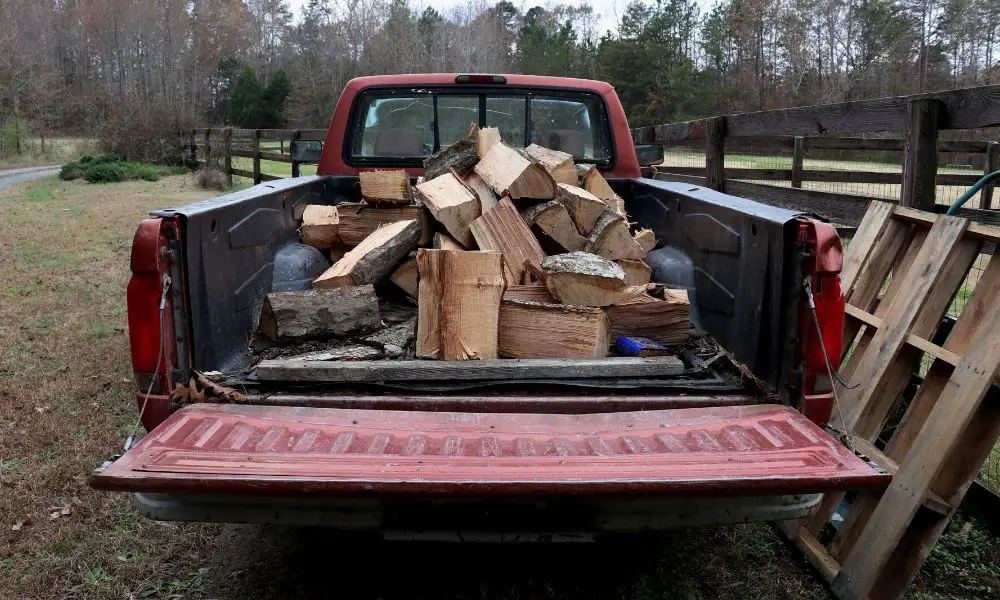We may get commissions for purchases made through links in this post. Thanks for the support! 👍
Diesel trucks idle for long periods on the side of the road, pumping out black smoke and alarming onlookers. It’s a common sight to see diesel trucks idling for minutes, even hours on end, as drivers wait at rest stops or travel down highways. Idling is one of the most misunderstood aspects of modern diesel engines. Here are some reasons why trucks idle.
- 1. To keep the engine lubricated and cool
- 2. To ensure that all glow plugs have had ample time to reach their minimum operating temperature
- 3. To protect your vehicle’s transmission from damage
- 4. For gear changes
- 5. To prevent overheating and possible engine damage or meltdown
- 6. Some manufacturers set up their vehicles with an automatic shutoff
- 7. To prevent corrosion to the internal engine components and fuel line rupture due to freezing temperatures in colder climates
- 8. For diesel vehicles that are not designed for stop-start technology
- Conclusion

1. To keep the engine lubricated and cool
To keep the engine lubricated and cool while stationary for an extended period. Diesel engines run on combustion and generate high temperatures, more than enough to break down motor oil and cause damage if they sit too long without being used.
Even in motor homes, idling is essential because if the engine is shut off, the cooling system takes about an hour to dissipate the heat from such a large piece of metal. By this time, copper had leached into the oil and drastically shortened its lifespan.
2. To ensure that all glow plugs have had ample time to reach their minimum operating temperature
The glow plug timer delay ensures that all glow plugs have had ample time to reach their minimum operating temperature before you start moving again; otherwise, the engine may not be able to power itself up.
Once you’ve stopped driving for a decent period, the glow plug controller timer will delay shutting off the fuel supply to the engine until all the glow plugs are fully warmed up. This prevents wasted fuel when restarting in cold weather – which can take several minutes before any action is achieved due to poor atomization of the complex fuel at low temperatures. Glow plugs are also a major reason why diesels have two batteries as well.
3. To protect your vehicle’s transmission from damage
Protect your vehicle’s transmission from damage that can occur when shifting gears too quickly in icy conditions. While it may seem okay to shift gears roughly in cold weather, this sudden jerk can cause severe damage to your transmission, torque converter, and rear axle bearings.
4. For gear changes
Also, people should wait 10 minutes after starting up before putting it in gear, so they can listen for sounds of problems within the transmission system – although this could vary by manufacturer as well depending on certain factors such as several gears, etc. And remember, never move your steering wheel or shift gears when the vehicle is still in the bag.
5. To prevent overheating and possible engine damage or meltdown
To prevent overheating and possible engine damage or meltdown if the truck is stuck in a snowbank, mud, or another element. This also applies to motor homes and caravans with their diesel engines – pulling over and letting your vehicle cool down can be time-consuming, and you don’t want it to freeze before that happens.

6. Some manufacturers set up their vehicles with an automatic shutoff
Some manufacturers set up their vehicles with an automatic shutoff after several hours of idling to protect against fire hazards and carbon monoxide build-up inside the cabin.
However, such a risk is minimal compared to those posed by leaving your vehicle running on its own unattended for so long. Especially considering some newer models only shut off when they detect changes in speed patterns (i.e., when the driver accelerates or brakes suddenly).
7. To prevent corrosion to the internal engine components and fuel line rupture due to freezing temperatures in colder climates
It is recommended that trucks and motor homes idle at least 10 minutes every three hours, but this can vary by manufacturer, and drivers often ignore such guidelines. The best solution is checking your vehicle owner’s manual for proper settings — if you don’t have one, look up your vehicle model online or call a dealer for details on how long it should be idling in such weather conditions.
8. For diesel vehicles that are not designed for stop-start technology
For diesel vehicles that are not designed for stop-start technology, idling is required to power heating and other systems while the engine is running. Once you’re ready to get going again, press the accelerator firmly but slowly so that all the moving parts have enough time to get into their correct positions before you change gears or accelerate too quickly.
Conclusion
Idle time is a necessary evil if you want to be able to drive your truck. The engine needs some time every day for maintenance, and the fuel control system also requires an occasional break from driving. If idling isn’t something that bothers you, then there’s no need to worry about it.

![18 Ways You Can Make Your Truck More Modern [Best Truck Accessories]](https://amanandhisgear.com/wp-content/uploads/2021/03/Lightbar.jpg)